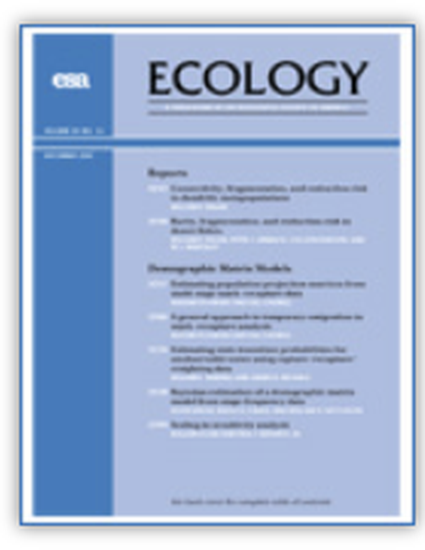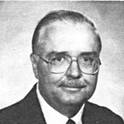
Article
Plant Demographic Studies in Sagebrush-Grass Communities of Southeastern Idaho
Ecology
(1979)
Abstract
Generalizations on plant demography were examined in the light of >21 yr of pantograph records on perennial taxa in plots of sagebrush—grass vegetation at the United States Sheep Station in southeastern Idaho. Specific hypotheses tested were (1) grazing decreases plant longevity, (2) a semi—logarithmic model best describes plant population survivorship curves, and (3) recruitment to semidesert plant populations occurs in pulses. Mean longevities of the grazed plants, which varied between 2 and 4 yr, differed significantly from the ungrazed populations. For the pastures grazed by sheep in the fall, the average longevities of major grasses were enhanced, whereas the average longevity of three—tip sagebrush was reduced by grazing. The overall survivorship curves for most species closely fit a log—log regression for the 1st 11 yr of life, indicating that the chance of survival improved with age, up to the physiological maximum. No linear relationships of increasing size to age were found, indicating considerable plasticity in yearly growth with adjustments of volume to the fluctuating favorableness of the environment. Although exceptionally high numbers of seedlings were observed in certain years, overall age—class—density distributions do not usually deviate significantly from the log—normal model. Labeling these events as "pulse" phenomena becomes a matter of choice of definitions.
Disciplines
Publication Date
1979
DOI
https://doi.org/10.2307/1937666
Citation Information
Neil E. West. "Plant Demographic Studies in Sagebrush-Grass Communities of Southeastern Idaho" Ecology Vol. 60 Iss. 2 (1979) p. 376 - 388 Available at: http://works.bepress.com/neil_west/52/
